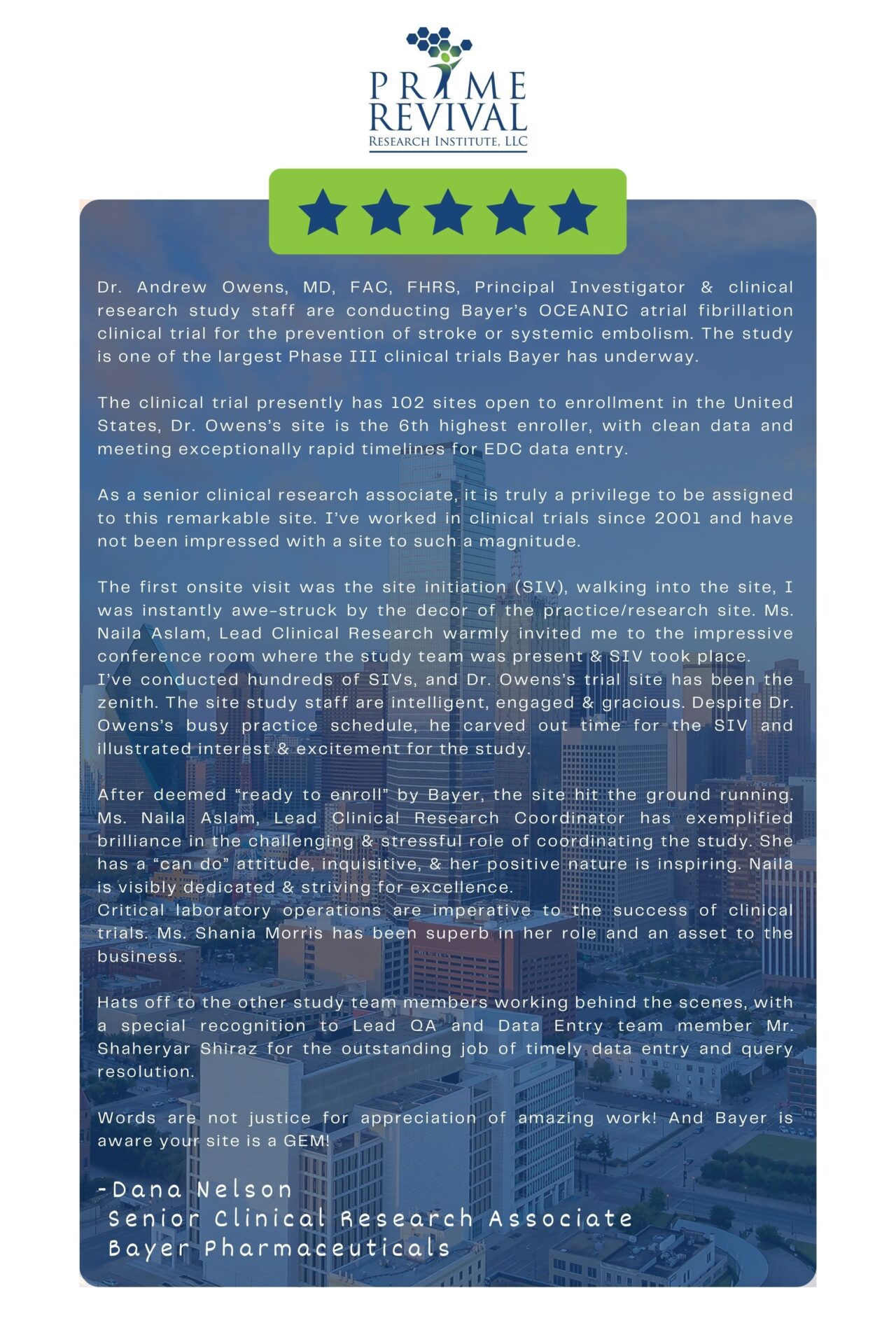Last Updated on April 12, 2022
Introduction
Millions of American men use a prescription testosterone injection or gel as forms of testosterone replacement therapy (often referred to as TRT therapy) to restore normal levels of the manly hormone. The ongoing pharmaceutical marketing blitz promises that low T treatment can make men feel more alert, energetic, mentally sharp, and sexually functional. However, there are some legitimate safety concerns. For example, some older men on testosterone replacement therapy could face increased risk cardiovascular problems. Such as blood clots, heart attacks and strokes (perhaps by increasing blood pressure, blood viscosity or affecting blood lipid levels).
The Testosterone Trap
A loophole in FDA regulations allows pharmaceutical marketers to urge men to talk to their doctors if they have certain “possible signs” that mean they could need Low T treatment. This has led many men to ask for “this” treatment. If they have been a bit more tired or feeling a bit down. There is a higher chance their physicians (or health care providers) would prescribe the treatment. Sometimes for borderline indications (either borderline blood levels or borderline symptoms).
Is It Really Low Testosterone or Something Else?
If a man’s testosterone looks below the normal range. There is a good chance he could end up on TRT (Testosterone Replacement Therapy) hormone supplements — often indefinitely. This has been called “the testosterone trap,” Men get started on testosterone replacement too quickly and they temporarily feel better, but then find out that the symptoms return because these symptoms were non-specific and were a result of other conditions (such as sleep apnea, depression or stress & poor lifestyle such as being sedentary or overeating). However, they often find it hard to come off of this treatment.
How Does The Testosterone Trap Work?
This “trap” occurs because, the body stops making its own testosterone (suppression of testosterone production by downgrading body’s pituitary- testes communication. That normally regulates natural testosterone production in a pulsatile manner). This testosterone trap is more likely with testosterones treatments that lead to higher continuous blood testosterone levels. Over longer periods of time (more common with testosterone injections and sometimes even gels or creams).
A TRT Option that Has the Edge
The nasal testosterone preparation, Natesto, may have an advantage over the other T preparations. Because it is shorter acting and is administered in three doses and therefore leads to blood T levels that varies through the day (unlike all other T preparations). The body’s own “systems” regulating T productions are not affect to the same degree. Potentially reducing the likelihood of the testosterone trap. This medicine does not affect male fertility (unlike other preparations). Also the possibility of side effects such as polycythemia (blood thickness) is reduce.
FDA’s Point of View on Testosterone Preparations
FDA is requiring that all new testosterone preparations be tested for the referral blood pressure. Some of the previous studies have shown potential increase in the risk of cardiac events and those older patients who received testosterone therapy. It is suspected that this adverse effect may be mediated. Through an increase in blood pressure or worsening of lipid levels (often seen with older testosterone preparation such as injections and gels).
The Takeaway
Participation in the current trial of nasal testosterone offers the unique opportunity to receive this expensive medication for free and be closely check for its effect on blood pressure by the most accurate tool available to assist blood pressure readings (ambulatory blood pressure monitoring). And the best part, you do NOT have to worry about the testosterone trap.
Conclusion
To restore normal levels of the male hormone. Millions of American men undertake testosterone replacement treatment using a prescription testosterone injection or gel. Many pharmaceuticals showcase Low T treatments as a Fountain of Youth for ageing men. However, genuine safety concerns remain. Research studies can help us get a better understanding and be aware of the effects of Low T treatments on the physiology of the human body and how to stir clear of the Testosterone Trap.


